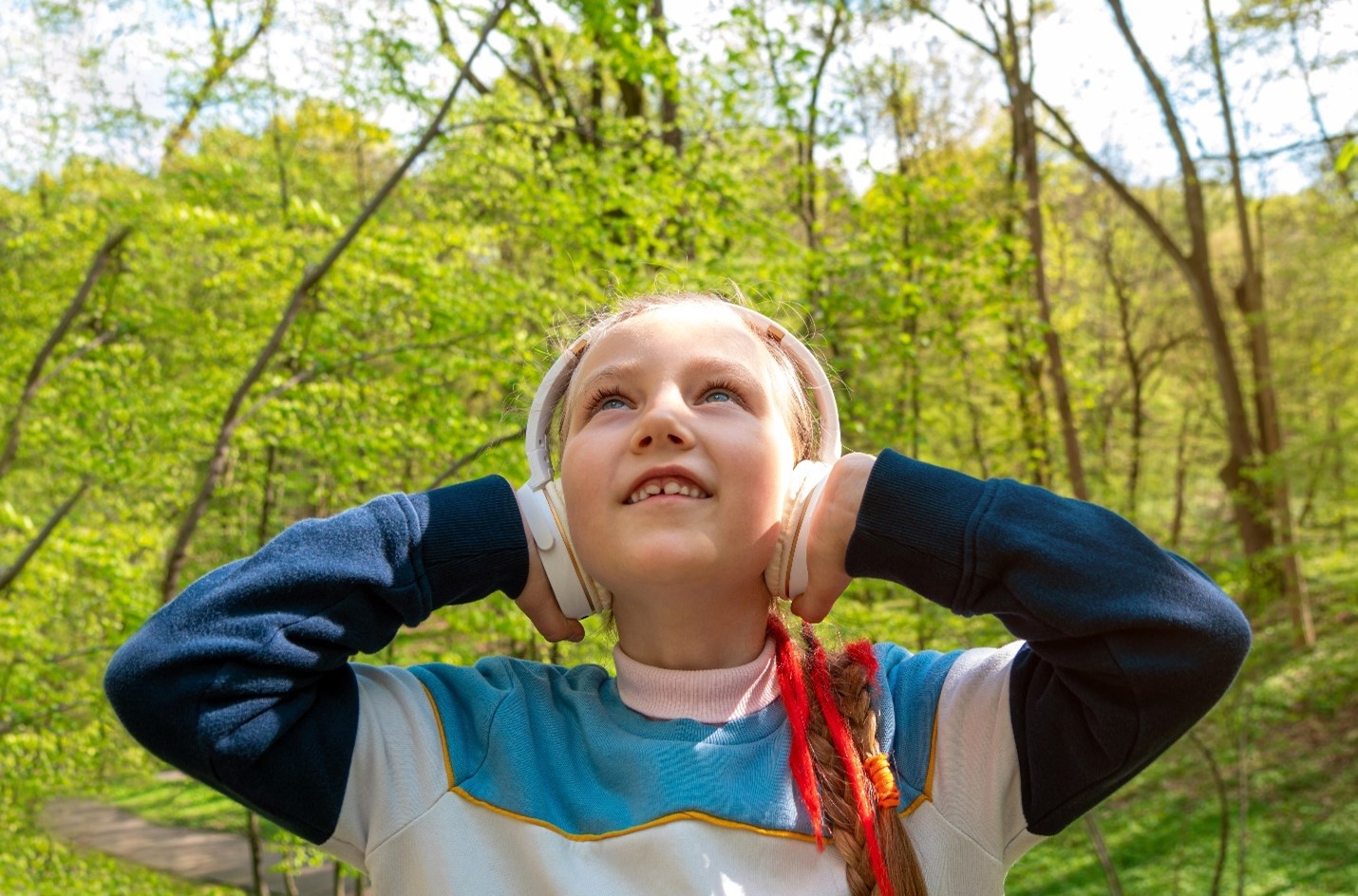Peering back in time, around 12 billion years, astronomers using the Atacama Large Millimeter/submillimeter Array (ALMA) have found the most distant and direct evidence of scorching gas in a forming galaxy cluster, SPT2349-56. The hot plasma, seen when the Universe was just 1.4 billion years old, is far hotter and more pressurized than current theories predicted for such an early system.
Recent News
Cosmic Lens Reveals Hyperactive Cradle of Future Galaxy Cluster
Astronomers using the U.S. National Science Foundation Very Large Array (NSF VLA) and the Atacama Large Millimeter/submillimeter Array (ALMA) have discovered a rare protocluster that was exceptionally bright, all when the Universe was 11 billion years younger. The system, called PJ0846+15 (J0846), is the first strongly lensed protocluster core discovered, revealing how some of the most massive galaxy clusters in the present-day Universe began their lives.
Stars That Die Off the Beaten Path
Astronomers have created a detailed forecast of where they expect to observe future stellar explosions in a nearby galaxy, opening a new window into how exploding stars shape the cosmos.
New NSF Funded Project Will Study How Podcasts Can Support Inclusive STEM Learning

[Washington, D.C.] Tumble Media, in partnership with Associated Universities Inc (AUI), Oregon State University (OSU) and Independence Science, has been awarded a $1 million grant by the National Science Foundation (NSF) Division Of Research On Learning. The team will study podcasts as a classroom tool to engage blind and visually impaired students, focusing on representation and accessibility in STEM fields.
Blind and visually impaired (BVI) students face many obstacles pursuing STEM careers, beginning in early education. Existing biases make it difficult for these students and their teachers to imagine BVI people as scientists or engineers. This project will evaluate how storytelling featuring scientists with disabilities can shift those attitudes. Tumble Media’s flagship science podcast for kids, Tumble, will produce new episodes featuring disabled scientists over several seasons. These episodes will be assessed within sighted and BVI classrooms, and research findings will be integrated into future episodes. The project will also explore the impact of students learning to make their own science podcasts.
“Podcasts are an underutilized medium in education with the potential to inspire younger generations,” said Sara Robberson Lentz, Principal Investigator on the grant and STEM Education Officer with AUI. “This research will explore the value of podcasts and set the standard for their use in science classrooms moving forward.”
OSU’s STEM Research Center will lead the education research. “This study is one of the first of its kind to examine the use of podcasts for engaging students in the classroom,” said Kelly Riedinger, the other Principal Investigator on the grant from Oregon State University. “Blind and visually impaired scientists, a group historically under-represented, can influence how students think about who belongs in STEM and STEM careers.”
Independence Science (ISci), an organization founded and run by blind and visually impaired science experts, will support OSU’s research by visiting schools and observing how BVI learners interact with the podcast content. ISci brings a critical perspective to the project with their expertise on accessibility.
“Science is a multi-sensory learning experience for all learners, including the blind,” said Peter Walters, science consultant with ISci. “We feel this project will be another major step towards promoting inclusion for all children learning science.”
Education and content experts from Tumble Media will lead the development of teaching resources based on the research findings, focus groups, and testing within selected classrooms across the country. “Tumble Media has been a pioneer in kids’ podcasts, and helped lead the first research into children’s podcast listening behaviors. With our focus on educational podcasts, we have long recognized that there is a gap in our knowledge about how this powerful medium can serve STEM students and educators,” said Lindsay Patterson, CEO of Tumble Media. “This project will help bridge that gap, while creating best practices for accessibility that can lead to more high-quality STEM education for blind and visually impaired students.”
Tumble Media is advised and supported by AUI through their STEM Education Incubator, an “umbrella” initiative to broaden research impact. “AUI is committed to championing underrepresented groups, and to develop a robust STEM workforce and a better-informed citizenry,” says Tim Spuck, Director of Education and Public Engagement at AUI. “We look forward to future projects, and making connections that will fuel the future of science outreach in an innovative way.”
Media Contact: Sara Robberson Lentz [email protected]
Recent News
New Discovery Challenges Evolution of Galaxy Clusters
Peering back in time, around 12 billion years, astronomers using the Atacama Large Millimeter/submillimeter Array (ALMA) have found the most distant and direct evidence of scorching gas in a forming galaxy cluster, SPT2349-56. The hot plasma, seen when the Universe was just 1.4 billion years old, is far hotter and more pressurized than current theories predicted for such an early system.
Cosmic Lens Reveals Hyperactive Cradle of Future Galaxy Cluster
Astronomers using the U.S. National Science Foundation Very Large Array (NSF VLA) and the Atacama Large Millimeter/submillimeter Array (ALMA) have discovered a rare protocluster that was exceptionally bright, all when the Universe was 11 billion years younger. The system, called PJ0846+15 (J0846), is the first strongly lensed protocluster core discovered, revealing how some of the most massive galaxy clusters in the present-day Universe began their lives.
Stars That Die Off the Beaten Path
Astronomers have created a detailed forecast of where they expect to observe future stellar explosions in a nearby galaxy, opening a new window into how exploding stars shape the cosmos.
